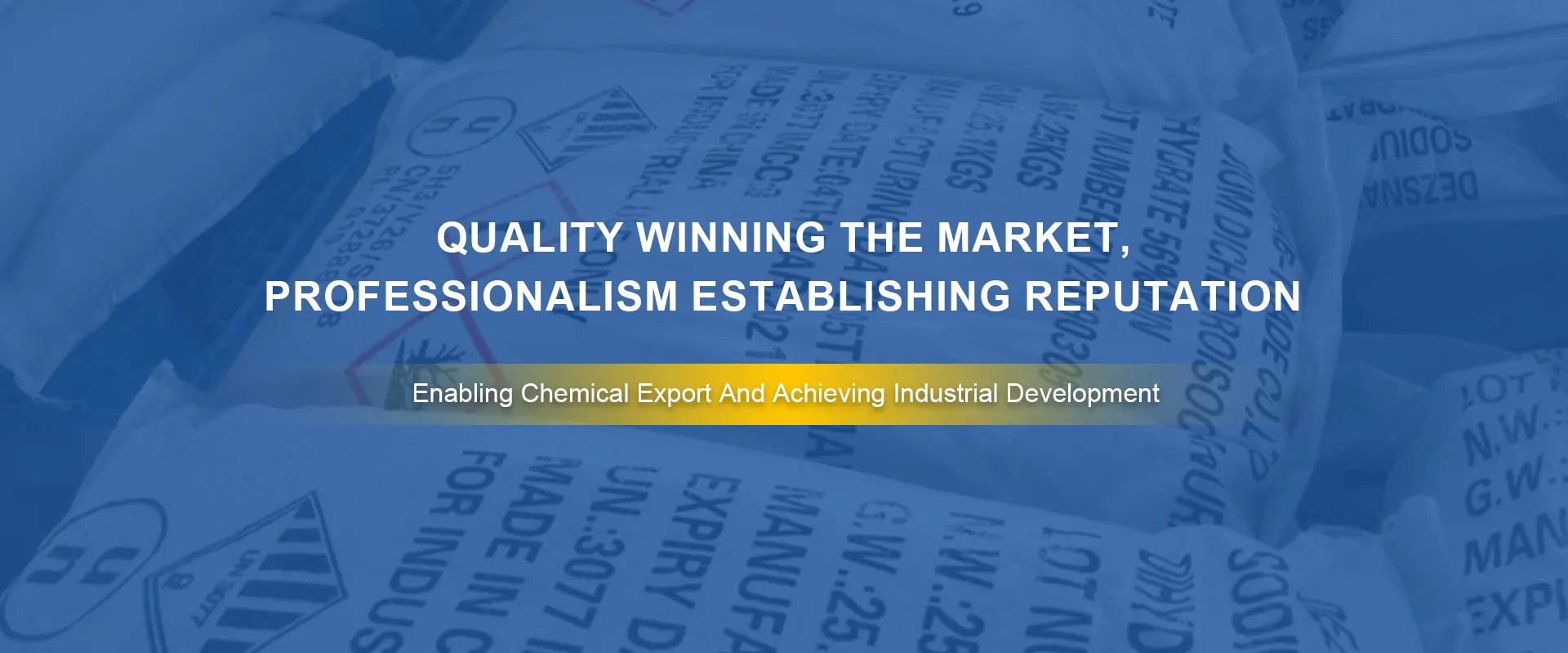
Commonly Used Preservatives in Food and Their Role in Shelf Life Extension
Common Preservatives Essential Additives for Food Safety
Preservatives play a crucial role in the food industry, ensuring that products maintain their quality, safety, and shelf life. These chemical substances are added to food to prevent spoilage caused by microorganisms, oxidation, and other environmental factors. As consumers become more aware of what they eat, understanding common preservatives and their functions becomes increasingly important.
Types of Preservatives
Preservatives can be categorized into two main types natural and synthetic. Natural preservatives are derived from natural sources and include substances like salt, sugar, vinegar, and certain essential oils. For example, salt has been used for centuries to cure and preserve meats, while vinegar provides acidity that inhibits the growth of bacteria in pickled products.
On the other hand, synthetic preservatives are chemically manufactured and are often more potent at lower concentrations. Common synthetic preservatives include benzoates, sulfites, and nitrates.
1. Benzoates Salts of benzoic acid, typically found in acidic foods like fruit juices and carbonated drinks, benzoates are effective in preventing the growth of molds, yeasts, and certain bacteria.
2. Sulfites These are commonly used to preserve dried fruits, wines, and some pickled foods. Sulfites help to prevent browning and oxidation, maintaining the visual appeal and flavor of food products.
3. Nitrates and Nitrites Often used in cured meats, these preservatives inhibit the growth of Clostridium botulinum, the bacteria responsible for botulism. They also give cured meats their characteristic pink color.
The Role of Antioxidants
common preservatives

Another category of preservatives includes antioxidants, which prevent the oxidation of fats and oils in food. Common antioxidants such as ascorbic acid (vitamin C) and tocopherols (vitamin E) help to prolong the shelf life of products by slowing down rancidity and maintaining freshness. These substances are particularly vital in processed foods, where fats are integral to flavor and texture.
Safety and Regulations
While preservatives are essential for food preservation, there are important considerations regarding their safety. Regulatory agencies, such as the U.S. Food and Drug Administration (FDA) and the European Food Safety Authority (EFSA), evaluate the safety of food additives, including preservatives, to ensure they do not pose health risks when consumed within established limits.
However, some individuals may experience sensitivities or allergic reactions to certain preservatives, prompting the need for transparent labeling. This awareness has led many manufacturers to explore cleaner label initiatives, reducing synthetic preservatives in favor of natural alternatives.
Consumer Trends
Consumer preferences are shifting towards clean-label products with minimal ingredients, prompting a rise in the demand for natural preservatives. Ingredients like rosemary extract and citric acid are becoming popular alternatives due to their natural origins and effectiveness in preserving food.
Additionally, the rise of plant-based diets and health consciousness is influencing the types of preservatives used. Products free from artificial preservatives are thriving in the market, as people increasingly seek foods that align with their values of health and sustainability.
Conclusion
Preservatives, whether natural or synthetic, are crucial for maintaining food safety and quality. Understanding the different types and their functions can help consumers make informed choices about the products they consume. As trends evolve towards cleaner labels and natural ingredients, the food industry continues to innovate, ensuring that food remains safe and enjoyable for everyone. While the conversation around preservatives is complex, it ultimately reflects a broader dialogue about health, safety, and quality in our food systems.
-
Understanding Synthetic Rubber OptionsNewsApr.27,2025
-
Trichloroisocyanuric Acid: Essential for Clean and Safe WaterNewsApr.27,2025
-
Sodium Dichloroisocyanurate: Key to Safe Water TreatmentNewsApr.27,2025
-
Sodium Acid Pyrophosphate: Essential in Modern Food ProcessingNewsApr.27,2025
-
Essential Water Treatment ChemicalsNewsApr.27,2025
-
Denatured Alcohol and Its Industrial UsesNewsApr.27,2025
-
The Versatile Uses of Sodium BicarbonateNewsApr.24,2025
Hebei Tenger Chemical Technology Co., Ltd. focuses on the chemical industry and is committed to the export service of chemical raw materials.
-

view more DiethanolisopropanolamineIn the ever-growing field of chemical solutions, diethanolisopropanolamine (DEIPA) stands out as a versatile and important compound. Due to its unique chemical structure and properties, DEIPA is of interest to various industries including construction, personal care, and agriculture. -

view more TriisopropanolamineTriisopropanolamine (TIPA) alkanol amine substance, is a kind of alcohol amine compound with amino and alcohol hydroxyl, and because of its molecules contains both amino and hydroxyl. -

view more Tetramethyl Thiuram DisulfideTetramethyl thiuram disulfide, also known as TMTD, is a white to light-yellow powder with a distinct sulfur-like odor. It is soluble in organic solvents such as benzene, acetone, and ethyl acetate, making it highly versatile for use in different formulations. TMTD is known for its excellent vulcanization acceleration properties, which makes it a key ingredient in the production of rubber products. Additionally, it acts as an effective fungicide and bactericide, making it valuable in agricultural applications. Its high purity and stability ensure consistent performance, making it a preferred choice for manufacturers across various industries.











